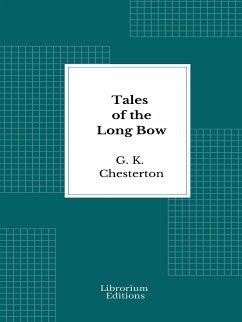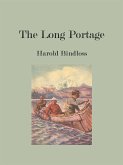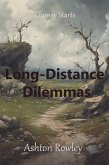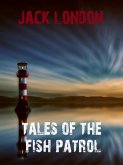THESE tales concern the doing of things recognized as impossible to do; impossible to believe; and, as the weary reader may well cry aloud, impossible to read about. Did the narrator merely say that they happened, without saying how they happened, they could easily be classified with the cow who jumped over the moon and the more introspective individual who jumped down his own throat. In short, they are all tall stories; and though tall stories may also be true stories, there is something in the very phrase appropriate to such a topsy-turvydom; for the logician will presumably class a tall story with a corpulent epigram or a long-legged essay. It is only proper that such impossible incidents should begin in the most prim and prosaic of all places, at the most prim and prosaic of all times, and apparently with the most prim and prosaic of all human beings.
Bitte wählen Sie Ihr Anliegen aus.
Rechnungen
Retourenschein anfordern
Bestellstatus
Storno









